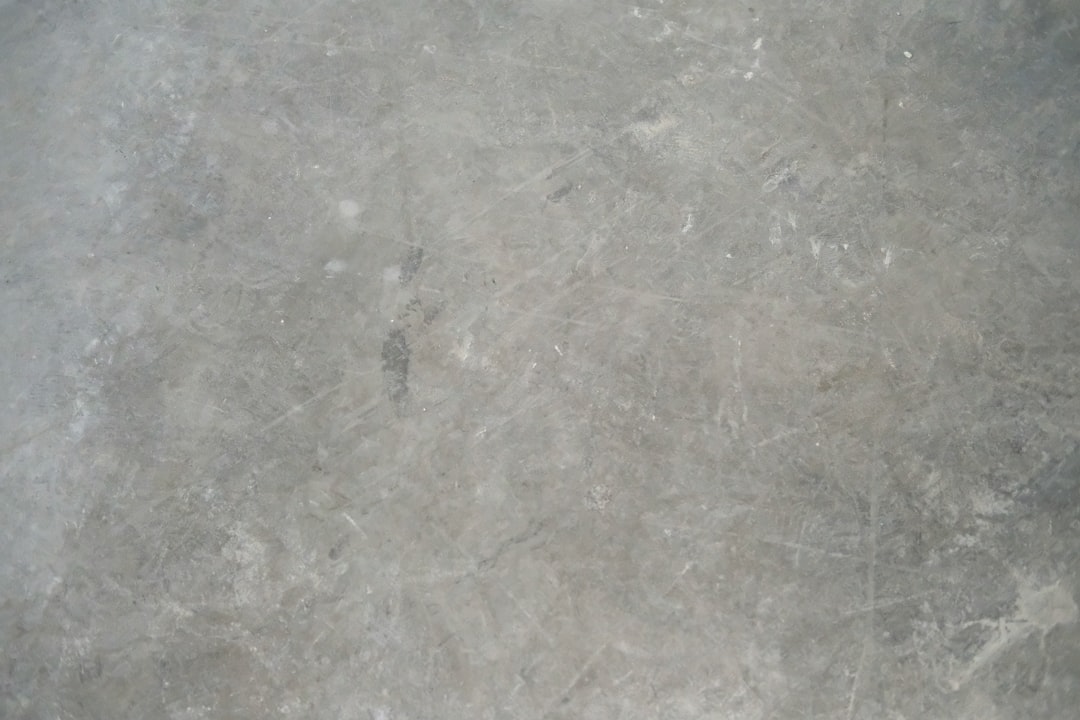When it comes to owning horses, ensuring their safety and wellbeing is paramount. One of the most critical aspects of equine care is the installation of appropriate fencing. Equine fencing not only protects horses from potential dangers but also keeps them contained within a safe area. In this article, we will explore the key considerations when selecting and installing fencing for horses, highlighting the importance of choosing the right materials and designs.
**Why Fencing Matters for Horses**
Horses are naturally curious and can be prone to wandering off if not contained properly. A well-designed fence serves as a physical barrier that prevents horses from straying into dangerous areas, such as roads or neighbouring properties. Additionally, effective fencing can protect horses from predators and other animals that may pose a threat. Therefore, investing in quality equine fencing is crucial for any horse owner.
**Types of Equine Fencing**
There are various types of fencing materials available, each with its advantages and disadvantages. Here are some common options:
1. **Wood Fencing**: Traditional wooden fences are aesthetically pleasing and can be quite sturdy. However, they require regular maintenance to prevent rot and decay. Wooden fences should be tall enough to deter horses from jumping over and should have rounded edges to prevent injury.
2. **Wire Fencing**: Wire fencing is a popular choice due to its durability and cost-effectiveness. There are different types of wire fencing, including high-tensile wire and barbed wire. However, barbed wire can be dangerous for horses, as it can cause injuries if they become entangled. High-tensile wire is a safer alternative, as it is less likely to cause harm.
3. **Vinyl Fencing**: Vinyl fencing is a low-maintenance option that can withstand various weather conditions. It is available in many styles and colours, making it a versatile choice for horse owners. However, it can be more expensive than other types of fencing.
4. **Electric Fencing**: Electric fencing is effective for keeping horses contained, as it delivers a mild shock that discourages them from attempting to escape. This type of fencing can be used in conjunction with other materials for added security. However, it is essential to ensure that the electric fencing is installed correctly to prevent accidents.
**Factors to Consider When Installing Fencing**
When planning to install equine fencing, there are several factors to take into account:
– **Height**: The fence should be tall enough to prevent horses from jumping over. A minimum height of 1.5 metres is recommended for most horse breeds.
– **Visibility**: Horses should be able to see the fence clearly to avoid accidental collisions. Using materials that are visible in various lighting conditions is essential.
– **Terrain**: The type of terrain on your property can influence your fencing choice. For example, uneven ground may require a different installation approach compared to flat land.
– **Maintenance**: Consider how much time and effort you are willing to invest in maintaining the fence. Some materials require more upkeep than others, so choose wisely based on your lifestyle.
**Conclusion**
In conclusion, equine fencing is a vital aspect of horse ownership that should not be overlooked. By understanding the different types of fencing and the factors to consider during installation, horse owners can create a safe and secure environment for their animals. For more information on the best practices for equine fencing, consider visiting fencingsolutionsqld.com.au. A well-fenced property not only protects your horses but also provides peace of mind for you as an owner. Investing in quality fencing is an investment in the safety and happiness of your equine companions.








